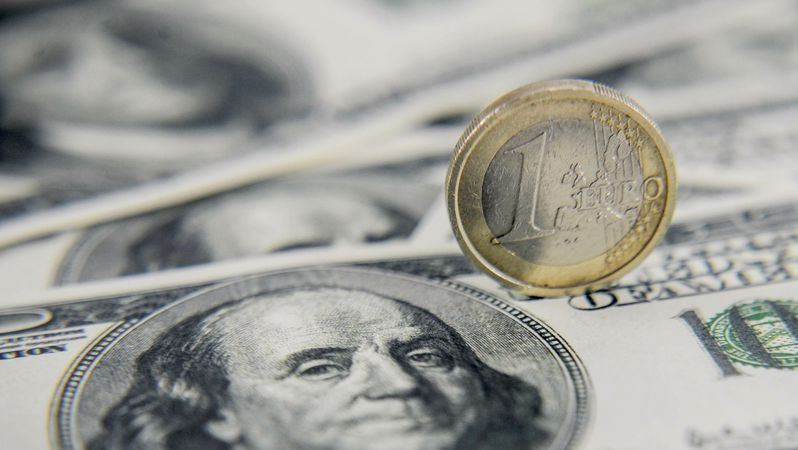
The conflict in Ukraine, another outbreak of COVID-19 in China and rising commodity prices create significant uncertainty, and leading central banks are forced to tighten policy to curb inflation. In such conditions, investors prefer to look for protective instruments, which include the US currency.
The risk aversion that gripped financial markets at the start of the new week contributed to the growth of the USD index by 0.6% on Monday and its two-year peak in the area of 101.85.
The main "culprit of the celebration" was China. The news that a new wave of the pandemic continues to grow and has already reached Beijing has made a strong impression on the markets, which are afraid of the expansion of the quarantine restrictions in the country in the coming weeks.
Such prospects not only cast doubt on China's 5.5% economic growth this year, but also raise concerns that the introduction of strict quarantine measures in China is fueling global inflation due to supply chain problems.
Tech giant Foxconn, which is the main supplier of electronic components for Apple, suspended the operation of two factories in eastern China due to restrictions related to COVID-19, the South China Morning Post newspaper reported yesterday.
Meanwhile, Dmitry Polyansky, the first deputy Permanent Representative of the Russian Federation to the UN, said that there was no point in agreeing to a ceasefire in Ukraine, since Kiev could use this as an opportunity for provocations.
All this led to sharp sell-offs on stock markets and pushed investors to the dollar.
The S&P 500 traded in negative territory for most of the session, but by the end of the day the index had gained 0.57%, reaching 4296.12 points.
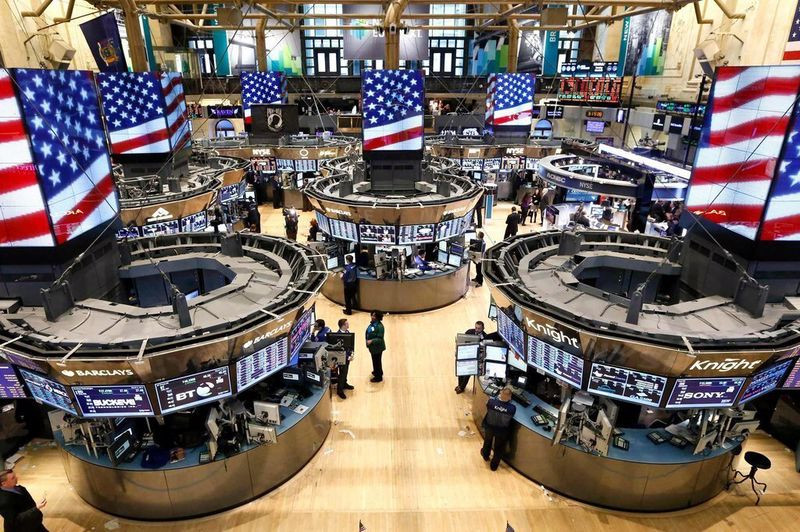
According to experts, yesterday's rise of the S&P 500 was somewhat unexpected and probably caused by profit-taking on speculative short positions in stocks after the failure at the end of last week, when the index lost more than 4% in two trading sessions.
Almost all sectors were very much oversold. The S&P 500 has dropped to the point where it was able to hold on, and this, as a rule, gives momentum in the opposite direction.
The S&P 500 is about to decline sharply as investors struggle to find shelter from a recession that could follow an aggressive tightening of monetary policy by the Federal Reserve, Morgan Stanley warns.
"Defensive stocks are expensive now and offer only a small upside potential, so the S&P 500 seems ready to join the ongoing bear market," the bank's strategists noted.
In their opinion, the upcoming decline in the US stock market will equally affect almost all sectors.
The leadership of the Fed understands perfectly well that the collapse of stock indices will be blamed on it. However, you still have to make a choice. Inflation is unlikely to be tamed by gradually raising the rate to 2.5%.
The head of the St. Louis Fed, James Bullard, did not rule out the possibility of raising the Fed's key rate by 75 basis points next month.
His colleague from the Cleveland Fed, Loretta Mester, rejected this idea.
"It seems to me that one overly aggressive rate change would be the wrong way. I would prefer a more deliberate and consistent approach," she said.
Chicago Fed President Charles Evans also spoke out against any rate hike by more than half a point.However, the last word always remains with Fed Chairman Jerome Powell. Last week, he confirmed the US central bank's intention to raise the rate by 50 basis points in May, although he did not mention the prospects of raising the rate by 75 basis points.
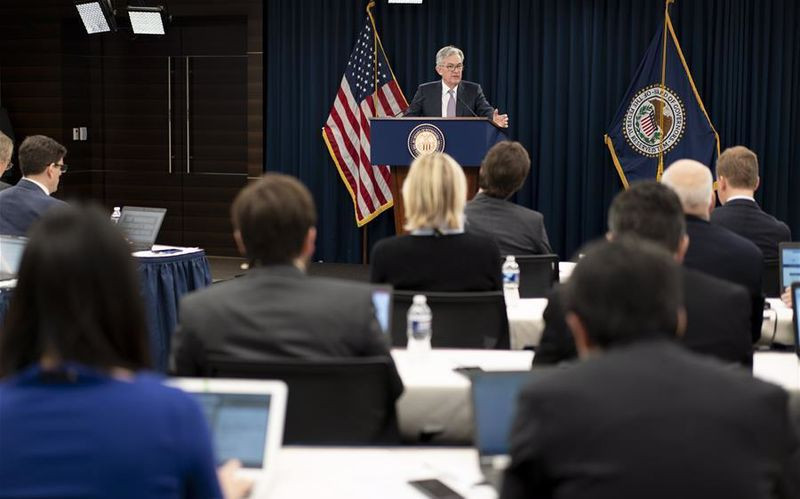
The next FOMC meeting is due to take place next week, but the decision on the rate is likely to be made with an adjustment to the statistics that will be released in the coming days.
On Thursday, the United States will publish preliminary data on the dynamics of GDP for the first quarter, which is expected to reflect the growth of the indicator at the level of 1.1% in annual terms after an increase of 6.9% in the previous quarter.
This report will be followed a day later by the basic price index of Americans' spending on personal consumption, which is the Fed's preferred indicator of inflation. According to forecasts, in March the indicator decreased year-on-year to 5.3% from 5.4% recorded in February. However, the indicator is already almost two times higher than the US central bank's 2% inflation target.
These data may increase the concern of market participants about stagflation in the United States.
Analysts at Osterweis Capital Management do not believe in the Fed's ability to carry out a "soft landing" of the economy, or rather, to contain inflation, while avoiding a recession. In their opinion, the problem lies in raising rates and refusing to reinvest funds received during the expiration of short-term bonds.
"Unfortunately, implementing a dual quantitative tightening plan requires a degree of flexibility that the Fed cannot boast of," they said.The central bank has yet to move from words to deeds. Some experts doubt that the US monetary authorities will be able to aggressively normalize policy without looking at the real economy. Nevertheless, the prospects of a sharp increase in the key rate and an accelerated reduction in the balance sheet of the US central bank put pressure on stock prices and support the dollar.
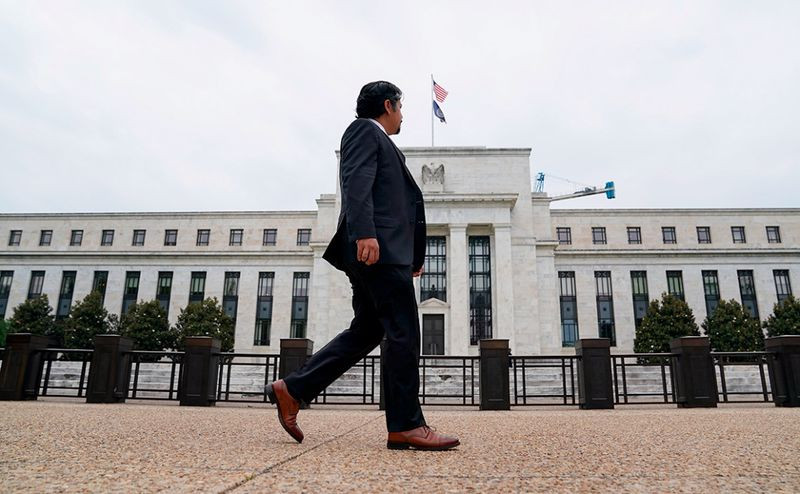
The main US stock indexes are trading in the red on Tuesday. In particular, the S&P 500 is losing about 2%. This suggests that yesterday's growth was of a corrective nature.
Concerns about the prospects for global economic growth, geopolitical tensions, as well as the deterioration of the coronavirus situation in China, restrain the propensity of investors to buy riskier assets.
At the same time, the upward slope of the dollar remains unchanged. The USD index is recording new highs above 102.00 on Tuesday and is still aiming for 2020 peak levels around 103.00.
"Global economic growth and inflation are still unstable and support the strengthening of the dollar," JPMorgan analysts noted.This month, they lowered their forecast for the EUR/USD pair to 1.0500 by the third quarter, compared with the previous estimate of 1.1100.
The main currency pair has been declining for the fourth consecutive day and has not yet shown any signs of a change in the exchange rate.
The euro is suffering due to concerns about the impact of the military conflict in Ukraine on the European economy, as well as due to expectations that the ECB will move much slower than the Fed in terms of raising interest rates.
"Last Friday, the markets were pricing in a tightening of ECB policy by 85 bps by the end of the year, but these expectations fell to 72 bps. The debate about whether the central bank will raise the rate by 50 bps, 75 bps or 100 bps this year, are overlapped by potential adjustments in the US rate level by 250-300 bps," ING strategists reported.
A negative moment for the single currency is also the possibility of the EU countries adopting another, already sixth, package of sanctions against Russia.
European Commission Vice President Valdis Dombrovskis said that the EU is preparing "smart" sanctions against Russian energy imports, including some form of oil embargo. Brussels sees these measures as another way to hit the Kremlin's revenues.However, any restrictions that affect the supply of Russian hydrocarbons can have devastating consequences for the bloc itself. In such a scenario, EU countries risk facing higher inflation, as well as a slowdown in economic growth.
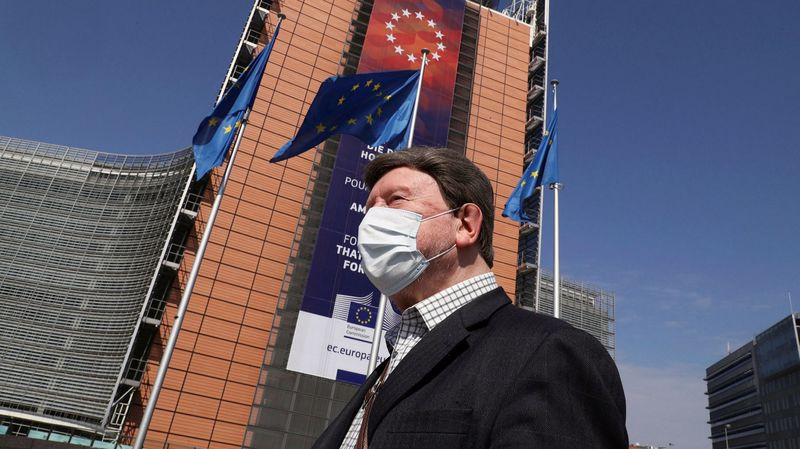
Morgan Stanley analysts have revised the forecast for eurozone GDP growth this year – from 3% to 2.7%.
Two factors seem to be of great importance for the market at the moment: Covid restrictions in China and the conflict in Ukraine. Both of these factors put pressure on the euro, Commerzbank notes.
"Restrictions in supply chains entail the risk that inflationary pressures will persist longer than expected. There is also an increased risk that the ongoing Covid restrictions will increasingly cloud the economic prospects in China, which may also affect those in Europe," the bank's analysts said.
"The longer the conflict in Ukraine continues and the more intense the fighting, the higher the threat of an energy crisis becomes as a result of a complete embargo on Russian energy imports to Europe, which also increases the likelihood of a decline in the region's economy," they added.
Geopolitical uncertainty, concerns about slowing economic growth in China and expectations that the Fed will aggressively tighten policy are adding fuel to the fire of strengthening the greenback.
Meanwhile, concerns about energy security in the EU and related growing economic concerns in the region give the EUR/USD bears an excuse to flex their muscles.
On Tuesday, the EUR/USD pair fell below 1.0700 and seems ready to challenge the multi-year lows around 1.0640.Closing below this level will open the door for additional losses in the direction of 1.0600 and 1.0560.
However, if bears perceive a move to the weakest levels near 1.0635 since March 2020 as an opportunity to take profits, this can provoke a rebound of the pair. In this case, the 1.0700 mark will be the next target for the bulls on the way to 1.0730 and 1.0760.





















